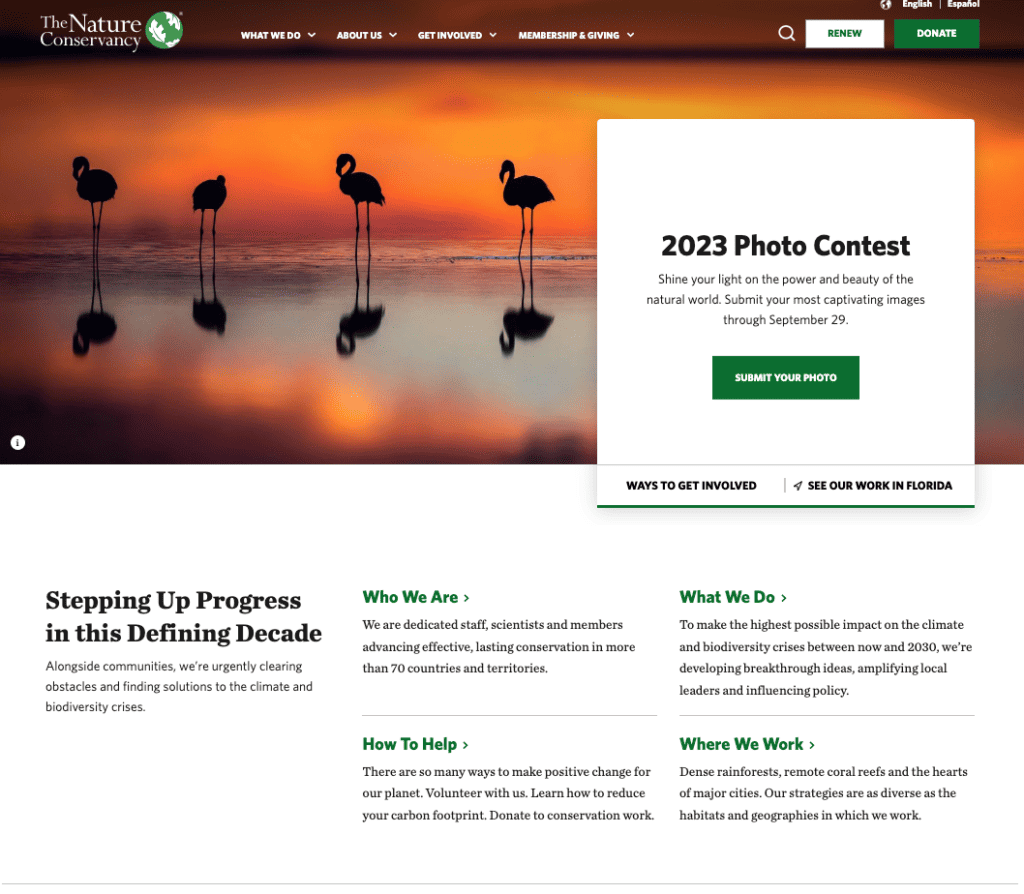Revamping Your Nonprofit Website: Essential Web Development Tips for a Modern Touch
Your nonprofit website is the digital heartbeat of your organization, pulsating with your mission, values, and the potential to drive change. In the ever-shifting sands of the online world, ensuring this vital platform remains vibrant, relevant, and effective is paramount. While you might have established a website years ago, the digital dynamics are continually evolving. What resonated then might not strike the same chord now. This guide offers pivotal insights into web development for nonprofits tailored to modernize and rejuvenate your organization’s website.
Why Modernizing Your Nonprofit Website is Essential
A contemporary nonprofit website isn’t just about aesthetics; it’s a dynamic platform that can foster deeper connections, drive more donations, and amplify your mission in ways previously unimagined. As technology advances and user behaviors shift, your website needs to adapt to meet these changing dynamics.
Key Web Development Tips for Modernizing Your Nonprofit Website:

Responsive Design: With the proliferation of devices, from smartphones to tablets, ensuring your nonprofit website offers a consistent experience across all platforms is paramount. Example: Greenpeace has transitioned to a fully responsive design, ensuring their global campaigns are accessible from any device. This adaptability ensures that no matter where a potential donor accesses the site, the experience remains consistent and engaging.

Interactive Elements: Modern users crave engagement. Incorporate interactive features like quizzes, polls, or infographics that resonate with your mission and provide value. Example: The Nature Conservancy uses interactive maps, allowing users to delve deep into conservation projects, fostering a deeper connection with their initiatives.
Streamlined Donation Process: As online payment methods evolve, it’s essential to stay updated. Ensure your donation portal integrates the latest secure payment options and offers a frictionless experience. Example: Save the Children recently revamped their donation process, incorporating multiple payment methods, including digital wallets and recurring payment options, catering to a broader donor base.
- Incorporate Multimedia: Text alone won’t cut it. Integrate videos, podcasts, or animated infographics to convey your stories more vividly, offering a richer, more immersive experience. Example: Oxfam features video stories, showcasing real-world impact, allowing donors to see firsthand the change their contributions make.
- Optimize for Speed and SEO: A slow-loading site can deter visitors. Use modern caching techniques, compress images, and ensure scripts load efficiently. Additionally, SEO isn’t just about keywords; it’s about creating quality content that search engines deem valuable.
- Personalized User Journeys: With advancements in data analytics, offer personalized content suggestions or donation options based on user behavior. Example: World Food Programme uses data-driven insights to offer personalized content, ensuring visitors see stories and campaigns most relevant to their past interactions.
- Regular Content Refresh: Beyond just updating news or events, periodically revamp core content. Reflect current trends, research, and organizational milestones, ensuring your site remains a dynamic and evolving platform. Example: WaterAid updated their mission statement and core content, reflecting their evolving global strategy and the latest in water conservation research.
Embracing the Future with a Revamped Nonprofit Website
By integrating these modern web development strategies, nonprofits can ensure their website remains relevant, engaging, and effective in the current digital era. It’s about staying ahead of the curve, anticipating user needs, and presenting your mission in the most compelling light.
Conclusion
In an age where digital impressions matter immensely, ensuring your nonprofit website remains fresh, modern, and user-centric is paramount. By embracing the latest web development trends and strategies, you can ensure your organization remains at the forefront of digital engagement, ready to inspire a new generation of supporters.






